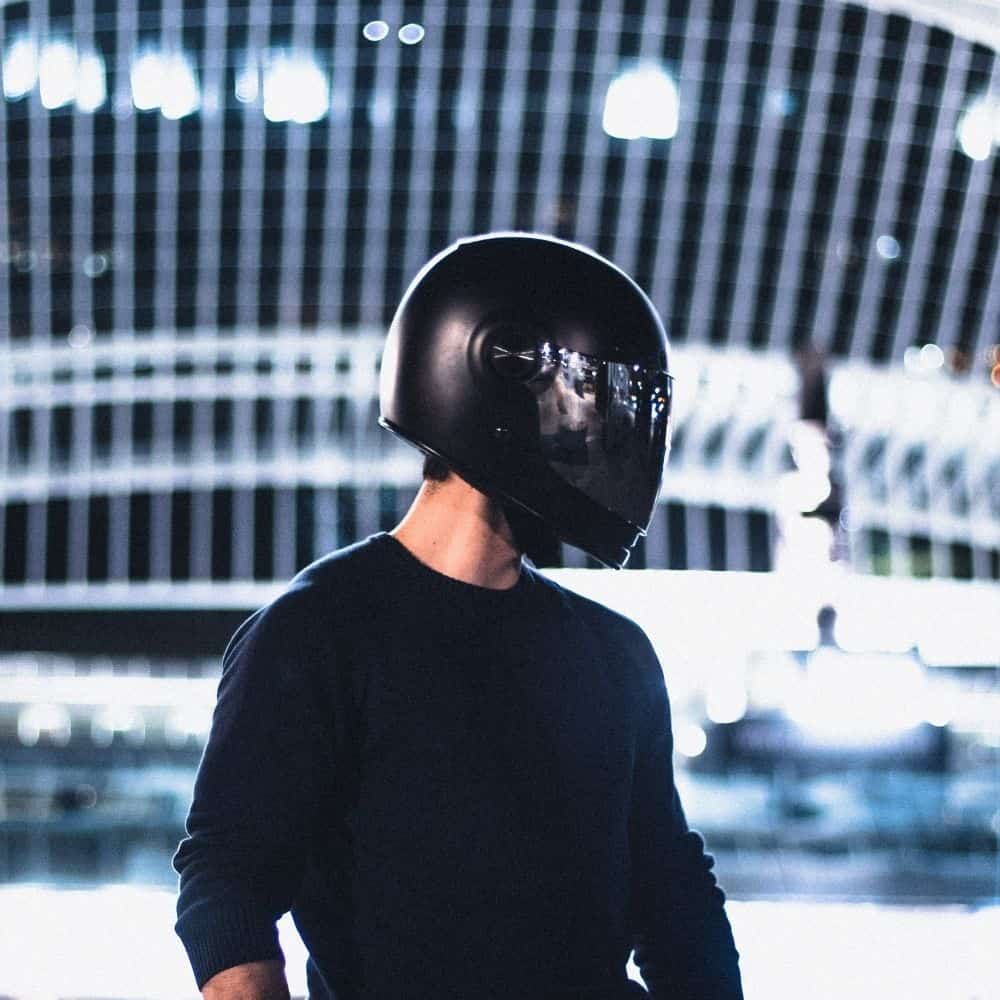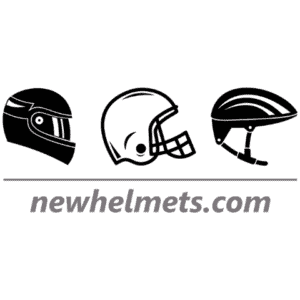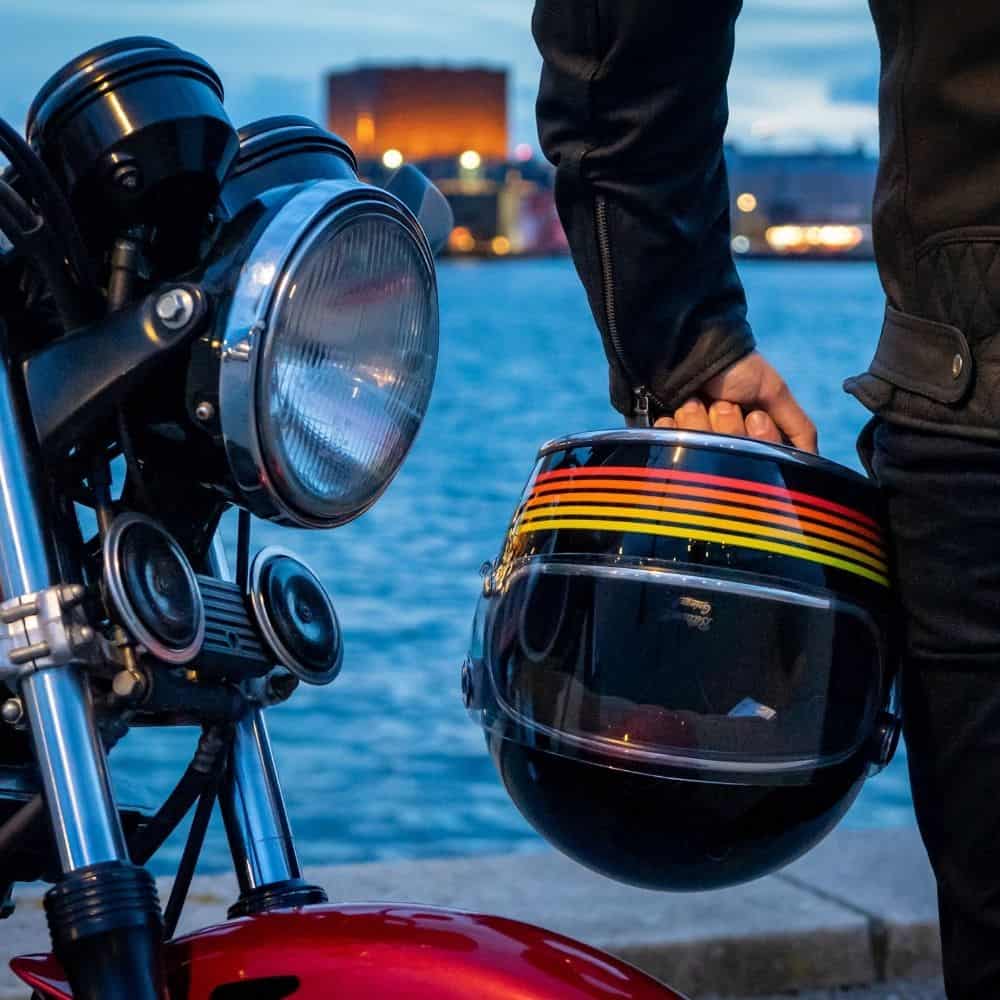Helmets are very personal pieces of kit, and no one wants to put on someone else’s smelly helmet. If you are traveling abroad, you may want to know if you can take a helmet on the plane with you. Here is the answer.
Airlines allow their passengers to bring helmets on their flights. You can place it in either the hold or inside your carry on. If you choose to take it in your hand luggage, the bag it is contained in must adhere to that specific airline’s size regulations. Before you board your flight, always check the airline’s hand luggage policy as each will have different rules.
Here is a link to the website of the TSA confirming that helmets are permitted on board an aeroplane.
No matter if you are taking a crash helmet, football helmet, or a climbing helmet, the most crucial decision you have to make is whether you should put it in the hold or take it in your hand luggage.
Should I put my helmet in the hold?
Putting your helmet in the cargo hold is the easiest way to transport your helmet. Pop it into your bag, ensure you obey the airline’s weight and size regulations, and relax. It is a helmet after all, and nine times out of ten, no harm will come to it in the hold. However, most people will experience lost luggage at least one time during their lives. Some lids cost hundreds of dollars, and I understand if you may be worried about it being stolen or damaged. So, if you cannot bear to be separated from your helmet, the better option will be to take it on board with you.
Should I put my helmet in my hand luggage?
Taking your helmet on board with you is the best way to ensure your helmet is at arm’s length at all times. Most people can afford to replace a few shirts until they are reunited with their bags if they are lost, but a lost helmet could ruin your entire trip altogether. Most helmets are not cheap to rent or buy, and leased gear is often quite dirty. Cabin bags are much smaller than hold bags, and therefore space is limited. You will have to decide which other items are essential for you to carry in your hand luggage and decide if this is the best option for you. There are many specialist bags to help you maximize space when transporting a helmet.
Should I use a helmet bag?
A motorcycle helmet bag is one of your best options. Often, new helmets come with a custom bag that fits perfectly. However, please be careful. Most airlines will class your helmet or helmet bag as your hand luggage, and some airlines only permit one bag. If your hand luggage is full and you intend to take your helmet as a separate item, some airlines might make you pay for it. Space is minimal on busy European airlines like Ryanair, so check the rules beforehand.
For the most part, if your helmet fits in your regular luggage, this will suffice. However, some crash helmets are bulky and require a special bag or case to transport them around.
Cloth helmet bags
These are usually free; if not, they are the cheapest option. Resembling nothing more than a simple soft cloth bag with a drawstring. It keeps your helmet from gathering dust and getting scratched.
Helmet carrying bags
These can be as large as a regular hand luggage style bag. Manufactured in foam or leather, helmet carry bags can afford much better protection than their cloth counterparts or your standard hand luggage bag. Some styles come with additional side pockets for gloves and other accessories to really maximize storage space. They usually have a convenient carry handle, so if you wanted, you could use a large helmet bag as your hand luggage option and kill two birds with one stone. You could safely and efficiently store your helmet and passport in these types of bags.
Helmet backpack
Undoubtedly a helmet backpack is the best option. No matter what helmet sport you are involved with, the backpack you choose will be designed to hold a helmet and accommodate other items like laptops and mobile phones. These bags are purposefully designed to make transporting your helmet more comfortable.
Here is my recommendation for the best motorcycle helmet backpack
OG Online and Go Motorcycle Backpack
Firstly the dimensions are 45cm tall x 37cm wide x 25-cm deep. It weighs only 1.38Kg. It has pockets for pens, phones, passports, and it also includes a compartment for the trusty laptop. This bag is specifically for helmets. It can hold up to two, which is perfect if you are traveling with a companion.
I was very impressed with the straps as they are padded, comfortable, and the waist belt keeps everything extremely secure.
This bag is helpful in most situations, not just for traveling with a helmet on the plane. I use it even without a crash helmet.
Here is my recommendation for the best bicycle helmet backpack
LOCAL LION Biking Backpack 20L
If you’re planning a cycling trip, then this multipurpose backpack is ideal. It is incredibly lightweight and has plenty of storage capacity for anything you may need to carry with you. It has a mesh hood with elastic loops that will enable you to secure a helmet on the outside safely. The dimensions are 16.38 x 9.75 x 5.85 in, so even with a sports helmet strapped on, it’s well under regulations. It’s a great all-rounder, and I use it most days for traveling to and from work.
I own the above backpacks, and I am not currently affiliated with Amazon.
Here is a link to the Sport Bike Track Youtube channel. In the video, Brian talks about the features of the RST helmet rucksack, one of his favorite bags, and I think it could help you to decide which features are important to you. Brian is a very knowledgeable guy, and his advice is gold. Check it out here.
Cargo nets, carabiner, bungee cord, or clips
Most bags or rucksacks have straps or webbing that will enable you to clip on your helmet. That is what most people do when they are not traveling on a plane. However, it does not protect you from other people scratching your helmet, nor does it stop your helmet from bouncing around in the cabin. If you don’t want to splash the cash on a carry bag, simply clip on your helmet with a suitable carabiner but once again, ensure you obey your airline’s regulations, or you may have to pay an additional fee.
To help you better prepare for your trip, I have included the hand luggage dimensions for American Airlines, United Airlines, British Airways, Iberia Airlines.
American Airlines
Dimensions should not exceed 18 x 14 x 8 inches (45 x 35 x 20 cm)
United Airlines
The maximum dimensions for a carry-on bag are 9 inches x 14 inches x 22 inches (22 x 35 x 56 cm). That includes handles and wheels.
British Airways
You are allowed two bags on BA. 56 x 45 x 25 cm (22 x 18 x 10 in), including handles, pockets, and wheels. 45 x 36 x 20 cm (18 x 14 x 8 in), including handles, pockets, and wheels. The maximum weight per bag is up to 23kg (51lbs). You must be able to fit your bags into the baggage gauge at check-in.
Iberia Airlines
Maximum size: 56 x 40 x 25 cm. Maximum weight in Economy 10 Kilos and in Business 14 kilos. Handle, pocket compartments, and wheels included in the dimensions.
For those of you who have no room in their hand luggage, you may be wondering if there is another option.

Can I wear a helmet on a plane?
If your helmet has no visor, there will be no issue at all. I have seen instances online where people have worn motorcycle body armor with no questions asked. However, to sit on an airplane with a crash helmet on and the visor down might seem a little odd and make people around you uncomfortable. I have never tried this myself, but it would undoubtedly stop those pesky chatterboxes from chewing your ear off for twelve hours straight. Please use common sense when traveling with your headgear abroad.
Do you want to know if you can wear a helmet in a car? Read my article to see what Snell thinks.
Traveling with a helmet is relatively easy, and you should not be worried if it is allowed. As you have discovered, you are entirely safe to travel on an airplane with your helmet. All it requires is a little planning and a suitable bag.
If this is your first visit to my blog, welcome and I hope you have enjoyed it. I discuss all aspects of owning or buying new helmets. From crash helmets to the humble hard hat, this blog has the answers. I talk about the best brands, safety ratings, value, and maintenance. Please, choose another article if you would like to know more.
My name is Matt, and I am a helmet sports enthusiast. I love climbing, motorcycling, kayaking, amongst other things. But no matter what sport you love, please stay safe.


